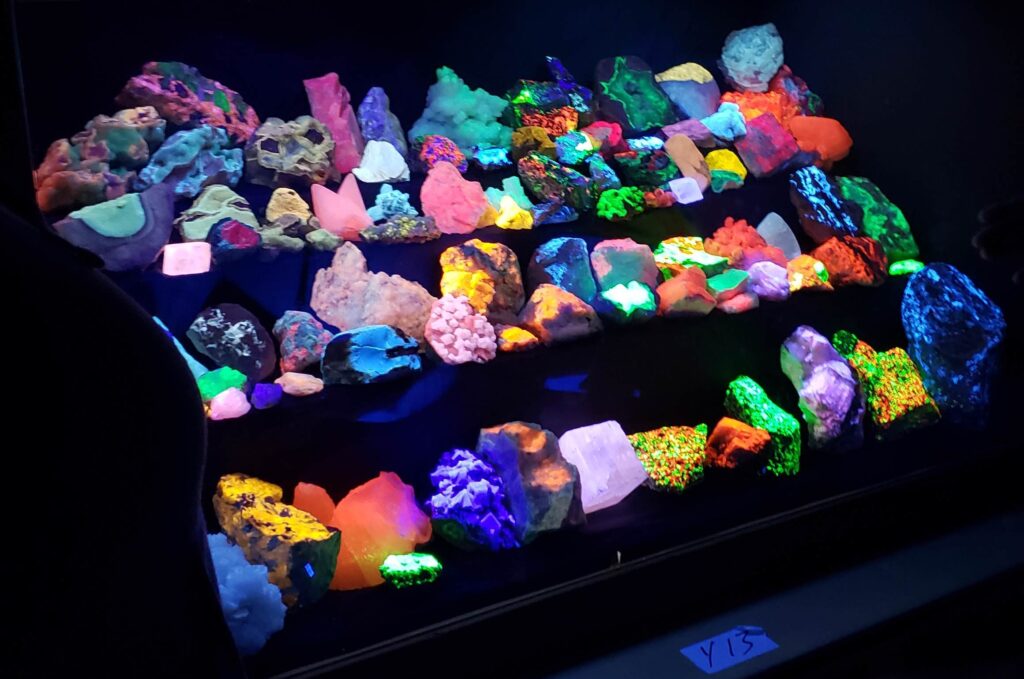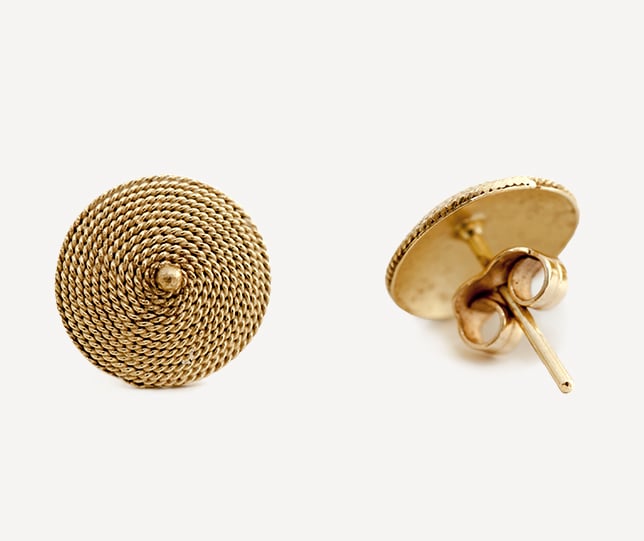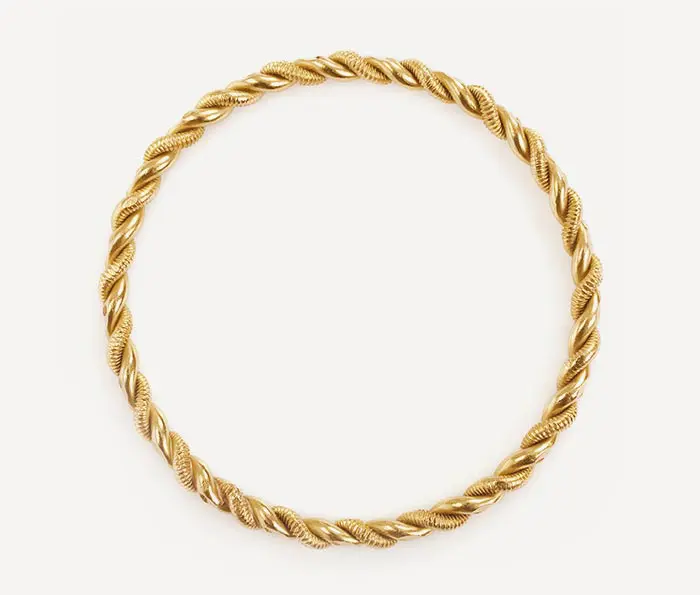GOLD: What is it, why is it so precious, and why are we so interested in it?
- instagram_link
To start with, Gold is a noble metal. It was brought onto earth from outer space through crashing meteorites more than a billion years ago.
Gold gets its name from the Anglo-Saxon word “Geolo” for yellow. Its chemical name is Au from Aurum meaning Shining Dawn. It can be found in small waterways that have run through rocks and mineral formation with other valuable minerals such as quartz and silver.
Gold is chemically uninterested making it more attractive to us; it does not rust, corrode, tarnish, decay, or lose its properties. It has become one of the most sought-after metals because of these properties. It is malleable enough to be shaped into coins; it was used as currency throughout advanced civilizations since 500 BCE, and when banknotes were introduced, Gold was used for a long time as a guarantee for currencies. Gold is still considered one of the safest investments nowadays, and its value rises as the global economy is more at risk.
Gold is measured in grams and its purity in karats. Gold is mixed with Copper, Silver, and Zinc for yellow, Nickel, Palladium, and Silver for white, and with Copper for rose. The mixture of gold with other metals lessens its purity but makes the resulting metal stronger. The percentage of purity measured in karats of gold is calculated as (Karats/24)*100. So, an 18-karat gold is 75% pure, and a 14-karat gold, stronger than the 18-karat, is 58% pure.
Gold is so interesting to us simply because it is precious, rare, and easily manipulated. It has been used in building, paintings, jewelry, technology, medicine, and more.









